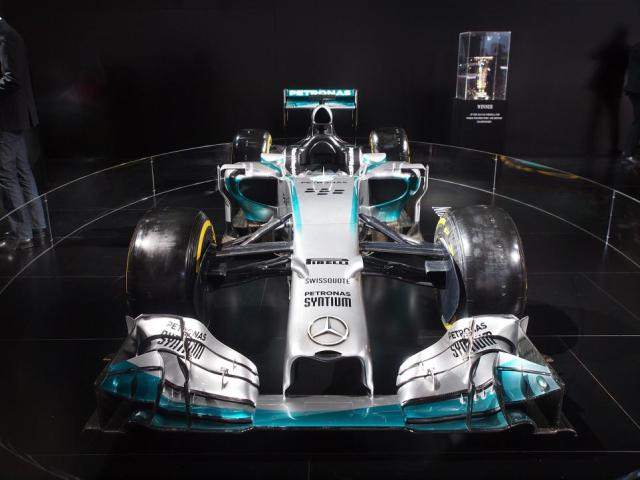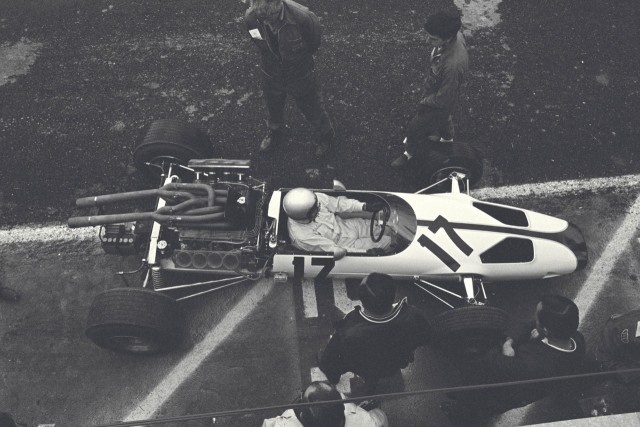THE ELUSIVE MAGIC FORMULA.
 Wednesday, January 14, 2015 at 07:22AM
Wednesday, January 14, 2015 at 07:22AM By Peter M. De Lorenzo
Detroit. Each year at the Detroit Auto Show a few manufacturers trot out their racing machines to occupy space in their displays. This year you could see a Red Bull Renault F1 car, the World Championship-winning Mercedes F1 car, Ryan Hunter-Reay's Honda-powered Indianapolis 500 winner, the Lexus RC F GT3 Concept, the BMW 3.0 CSL, Ford's Global Rallycross Fiesta, the new Cadillac ATS-V Pirelli World Challenge racer, the Corvette C7.R and the Porsche 919 Hybrid Le Mans racing machine.
But for me, the most impressive racer on the show floor could be found in the Honda display. The 1965 Honda RA272 Formula 1 car was the first Japanese-powered machine to win a Grand Prix race. American Richie Ginther drove the car to victory at the Grand Prix of Mexico in '65, leading the race from start to finish. The RA272 was powered by a transverse-mounted, 48-valve, 1,495.28 cc V12 that produced 230HP at over 13,000 RPM.
In stark contrast to the Mercedes-Benz F1 W05 Hybrid racing machine at the bottom of the page, the 60s-era Honda F1 racer was a reflection of a different time and a different era. Minimal body work, minimal driver protection, a lack of aerodynamic aids and blessed with a singular purpose, the lithe Honda F1 racer was stunning in its beautiful simplicity (except for its adventurous engine, of course).
I am not going to ramble on about how technology has ruined the sport of racing, but it's undeniable that the antiseptic technical exercises masquerading as modern F1 cars leave a lot to be desired in terms of appeal. (This coming from someone who considers Dan Gurney's 1967 Spa-winning Formula 1 Eagle the most beauitful open-wheel racer ever built.) Can we go back on technology to improve the actual racing? Everyone pays that notion lip service but the reality is that we're not likely to ever see that happen. It is refreshing to see, however, commentaries by racing stars of yesteryear who all seem to land on basically the same idea, which is to minimize the aero devices and ratchet-up the horsepower by a bunch.
I concur.

(newspressUSA)
Publisher's Note: As part of our continuing series celebrating the "Glory Days" of racing, we're proud to present another noteworthy image from the Ford Racing Archives. - PMD
 (Photo courtesy of the Ford Racing Archives)
(Photo courtesy of the Ford Racing Archives)
The DOHC Ford Indianapolis engine mounted in the rear of a 1966 McLaren M2B, the first Grand Prix car bearing the McLaren name. The engine combination was unsuccessful because it was heavy and underpowered.
Publisher's Note: Like these Ford racing photos? Check out www.fordimages.com. Be forewarned, however, because you won't be able to go there and not order something. - PMD




